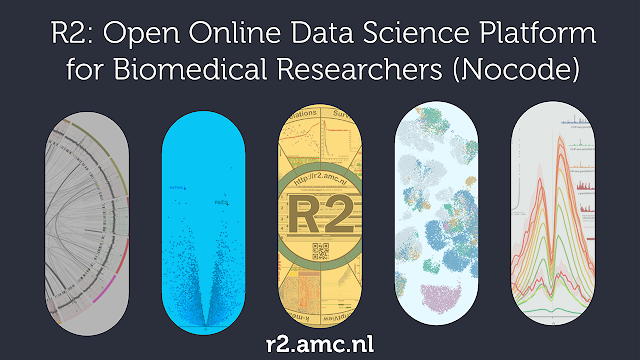Unlocking Insights: Cool Things You Can Do with the Visual Fisher’s Exact Test in R2platform

Unlocking Insights: Cool Things You Can Do with the Visual Fisher’s Exact Test in R2platform The Fisher’s Exact Test is a powerful statistical tool for analyzing categorical data, especially when sample sizes are small. The R2platform ( https://r2platform.com ) takes this classic test to the next level by offering a visual, interactive interface (XY-Honeycomb) that makes exploring your data both intuitive and insightful. Here’s a look at all the cool things you can do with the visual Fisher’s Exact Test in R2platform: 1. Effortless Data Exploration With R2platform’s visual interface, you can quickly analyze a dataset and select the variables you want to analyze. The platform automatically generates an interactive contingency tables equivalent, making it easy to see the distribution of your categories at a glance. 2. Instant Statistical Testing No need to write code! Simply select your groups, and R2platform runs the Fisher’s Exact Test for you. The results—includ...





